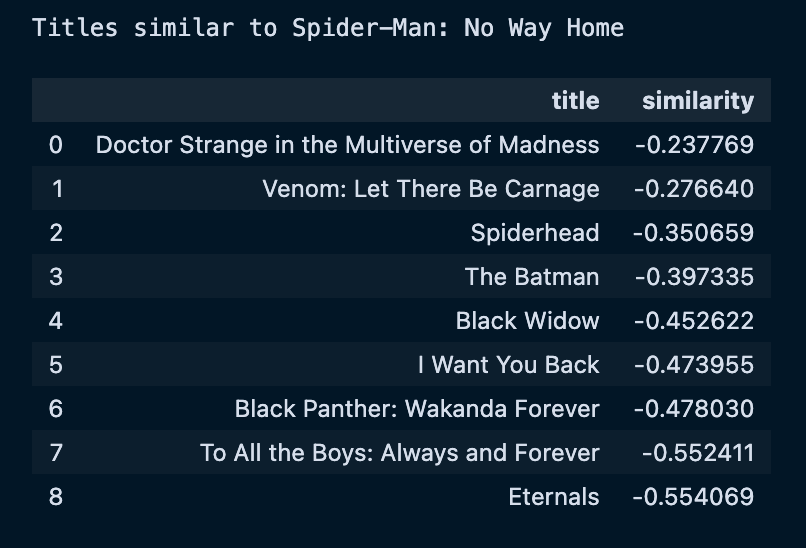
Member of Technical Staff @perplexity_ai building @Comet
10 subscribers
How to get URL link on X (Twitter) App



 Now there are much smaller models that beat GPT-3, and some models that arguably (ARGUABLY) come close to GPT-3.5-turbo.
Now there are much smaller models that beat GPT-3, and some models that arguably (ARGUABLY) come close to GPT-3.5-turbo.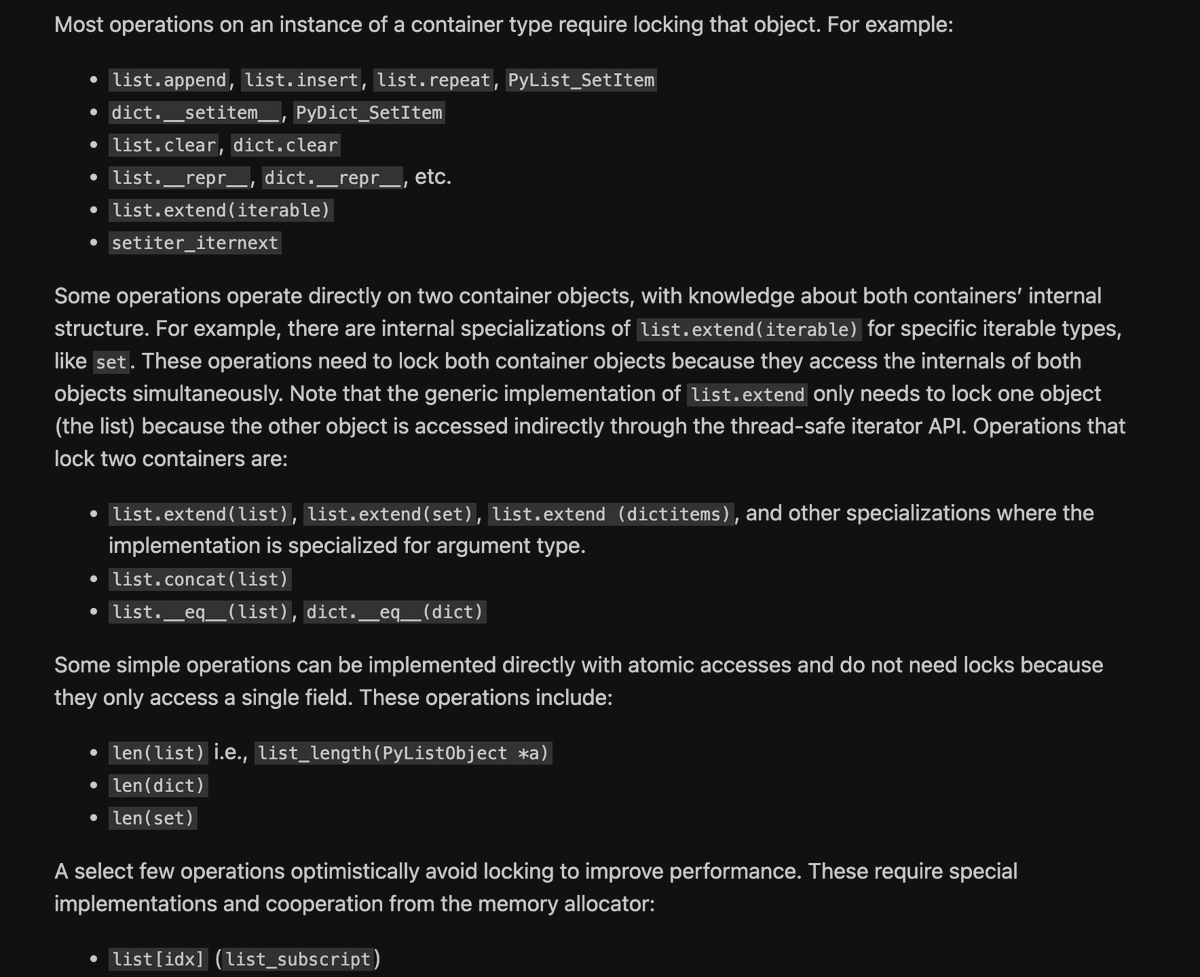
https://twitter.com/marktenenholtz/status/1685654899575427072




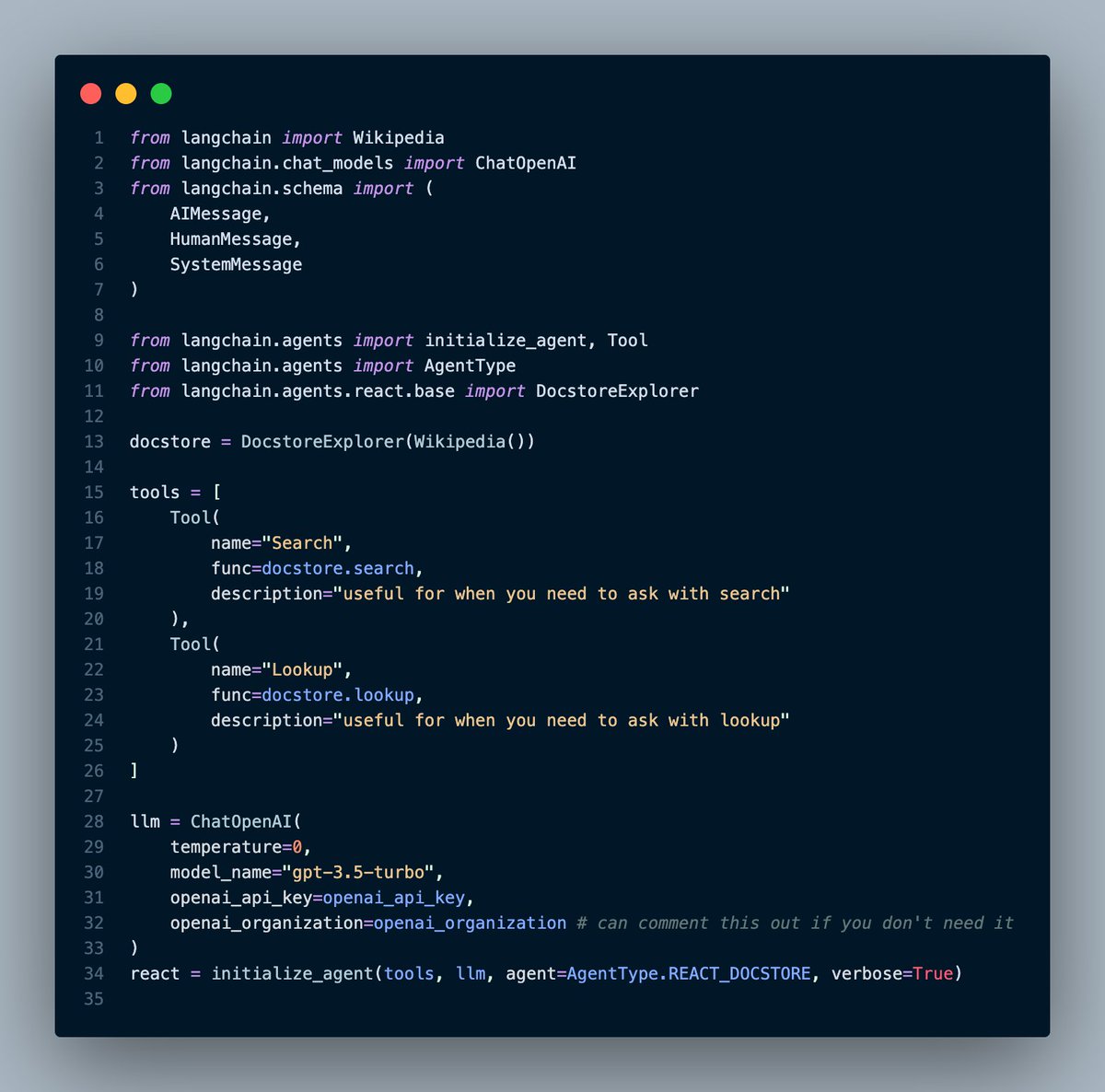

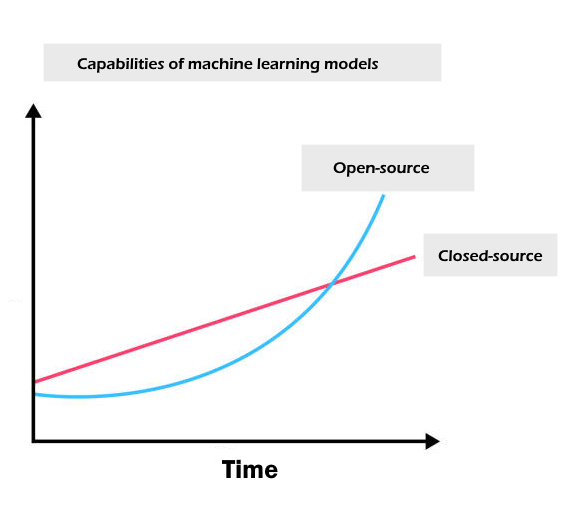

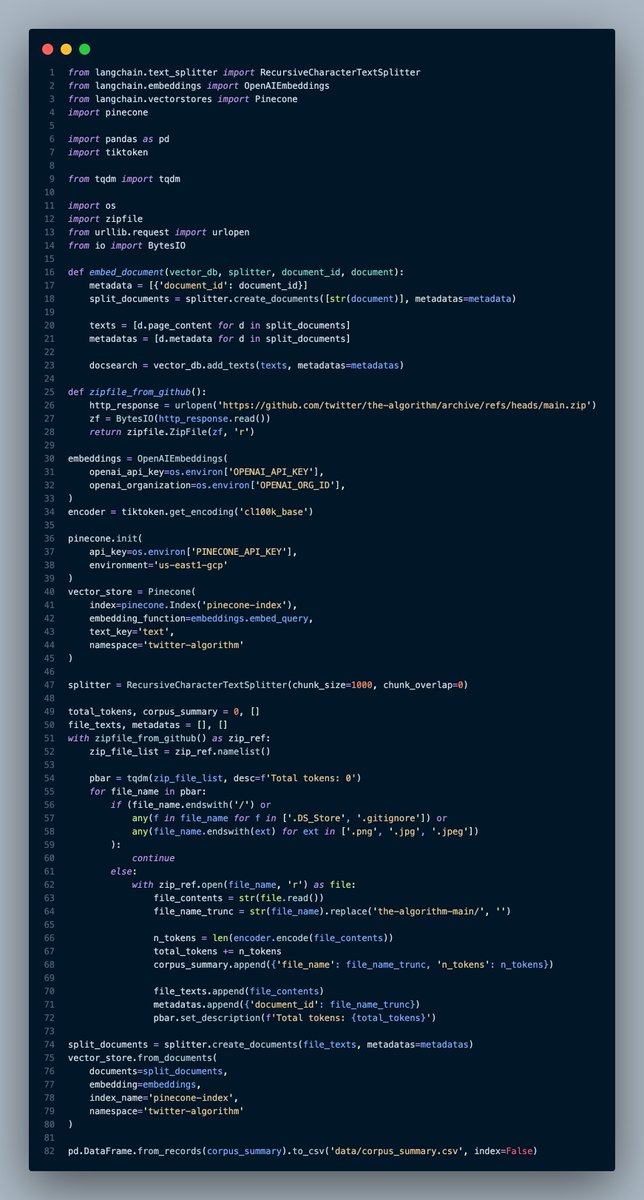




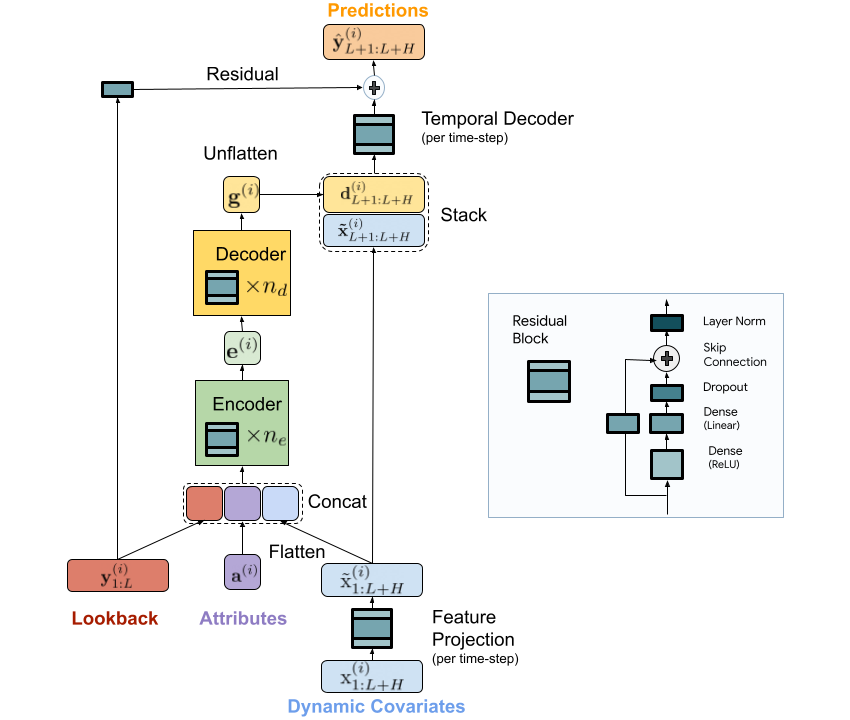
 The most common loss function in time-series models is MSE.
The most common loss function in time-series models is MSE.